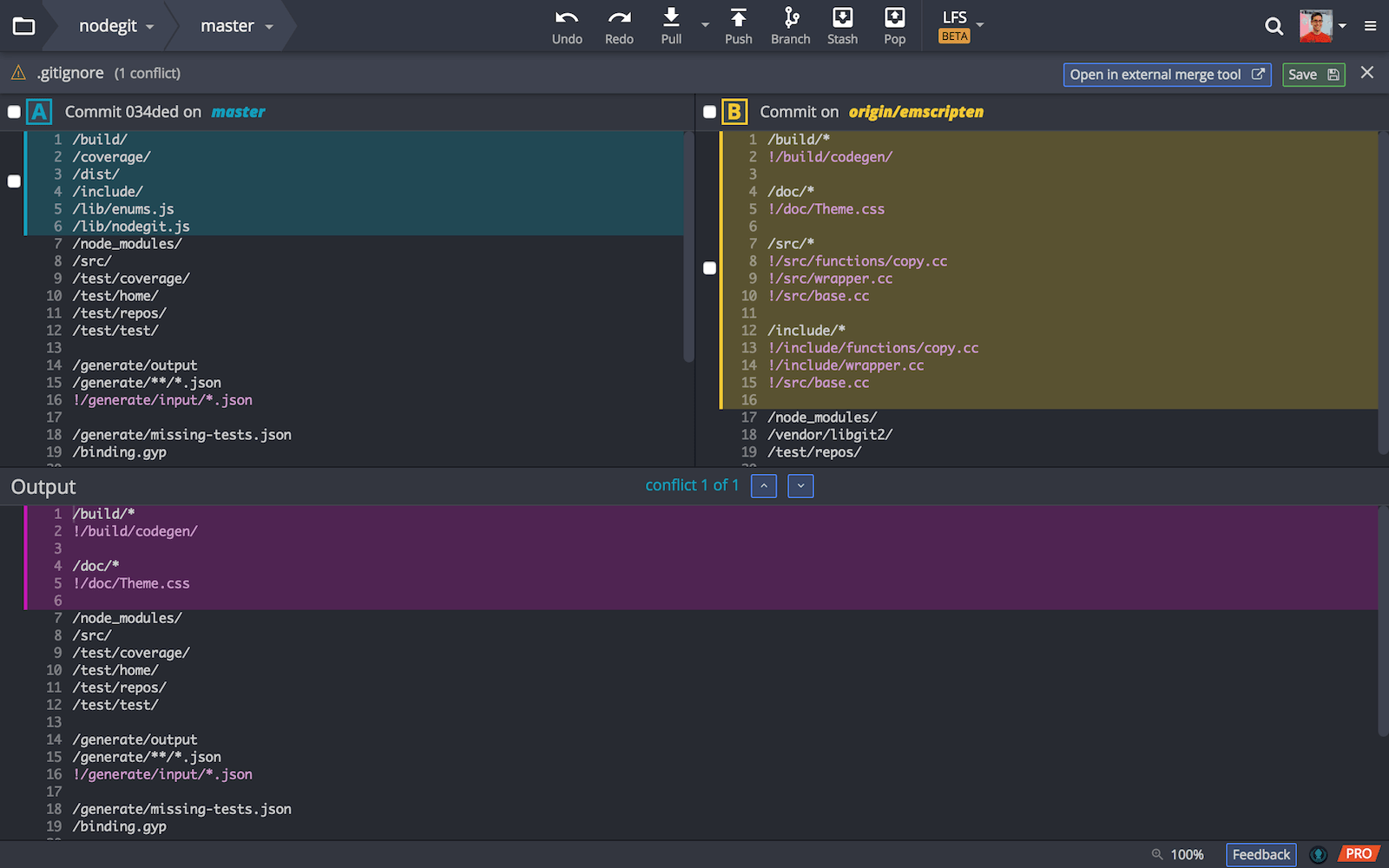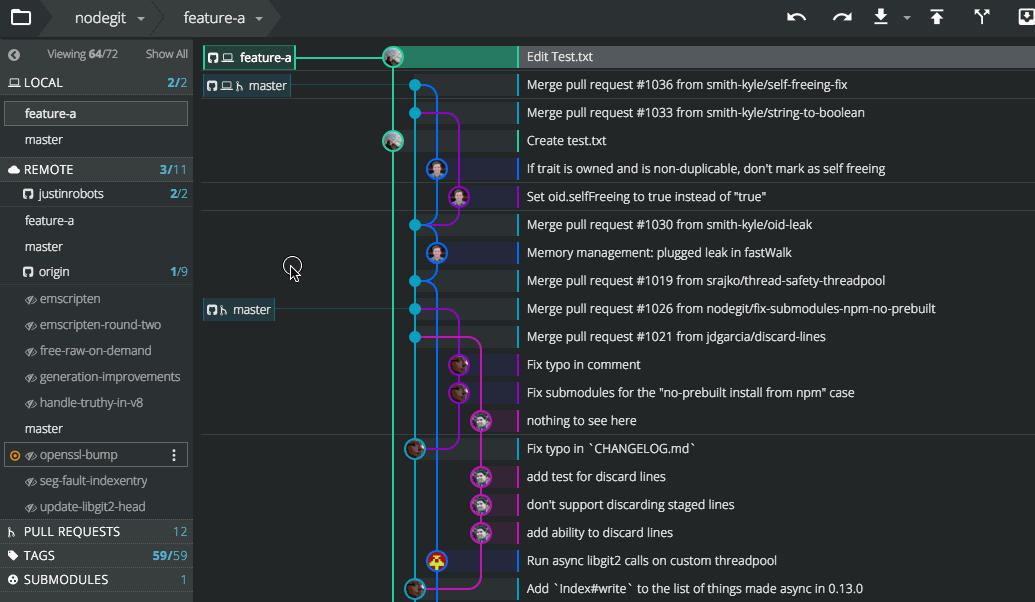

And if after the rebase your code doesn't work it is probably your fault and you can even run tests before you commit.

Rebasing is a win here, as you do not create a Merge commit that obfuscates both parts of the history with the conflict resolutions hidden inside. But if this is the case, then you will also have Merge conflicts with a Merge strategy. So potentially you might have to resolve merge conflicts during the rebase operation.
#GITKRAKEN REBASE HOW TO#
But if you are in luck this is an automatic operation taking only seconds (or due to the git rerere feature you only have to resolve it one time to teach git how to do it next time) Rebase Con'sĬommitting takes a bit longer as the feature branch has to be rebased before a fast forward merge is possible. Also when he has to do subsequent rebases it is easier to rebase a smaller delta than a big one. So if you plan to use Pull requests it is always a good idea to rebase your feature branch in order to make sure that everything is still working on the newest code base. This makes it easier to enforce certain coding rule guidelines It improves the code quality and the code comments, cause everybody knows there is this Integrator code quality gate.ģ. Working with Pull Requests is helpful in several ways:Ģ.

Or sometimes central configuration files need to be split up into distributed parts, to reduce the "blast radius" of changes. its much easier to merge JSON files than XML files. Git works best when all the files in the repo can be merged automatically.
#GITKRAKEN REBASE MANUAL#
If it's hard to rebase and frequent manual conflict resolutions are necessary, it's very likely that some of your files can not be merged automatically and you are in a bad place. It is easier to resolve problems in smaller steps than with a big bang integration. You are applying a helpful divide and conquer strategy with regards to merge conflicts while rebasing. When only doing late integration's bugs can easily slip throughĢ. More developers are testing new code, when they rebase their feature branches often. You can rebase your feature branch every hour if you like, integrating often and early is good.ġ. It is much easier to find out where a bug has been introduced and tools like Git bisect can be applied much more easilyĮvery time you use merge to integrate upstream changes into your feature branch you create an additional merge line in your final public commit history, we can avoid this noise by rebasing. The Git commit history can be an extremely handy documentation of the development history, but it is not much worth if it is clutteredģ. It saves a lot of time analyzing a clean commit history versus a jungle which is additionally cluttered with Merge commits that obfuscate the history of the two parent branches additionally.Ģ. We all spent a lot of time looking at the commit history, so it matters if we have a ugly mess or a nice easy to understand linear history.ġ. If you apply a Rebase strategy we are awarded with a clean linear Commit history, where you can easily see what happened. The picture on the top shows the typical "merge tree jungle" which results from using the Merge strategy. Here are some remarks regarding the Pro's and Con's of Rebasing.


 0 kommentar(er)
0 kommentar(er)
